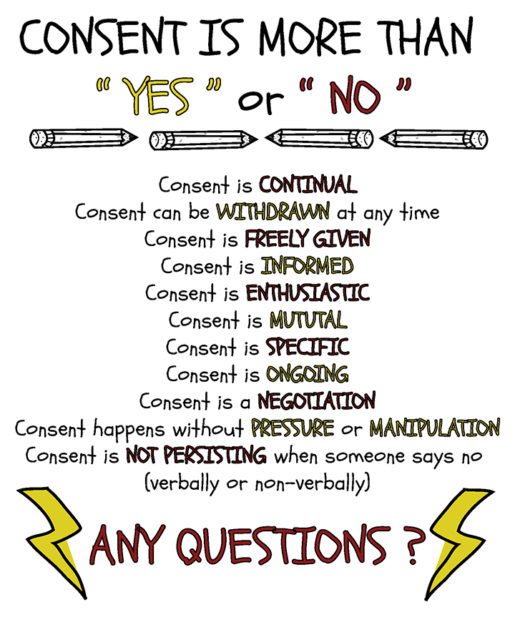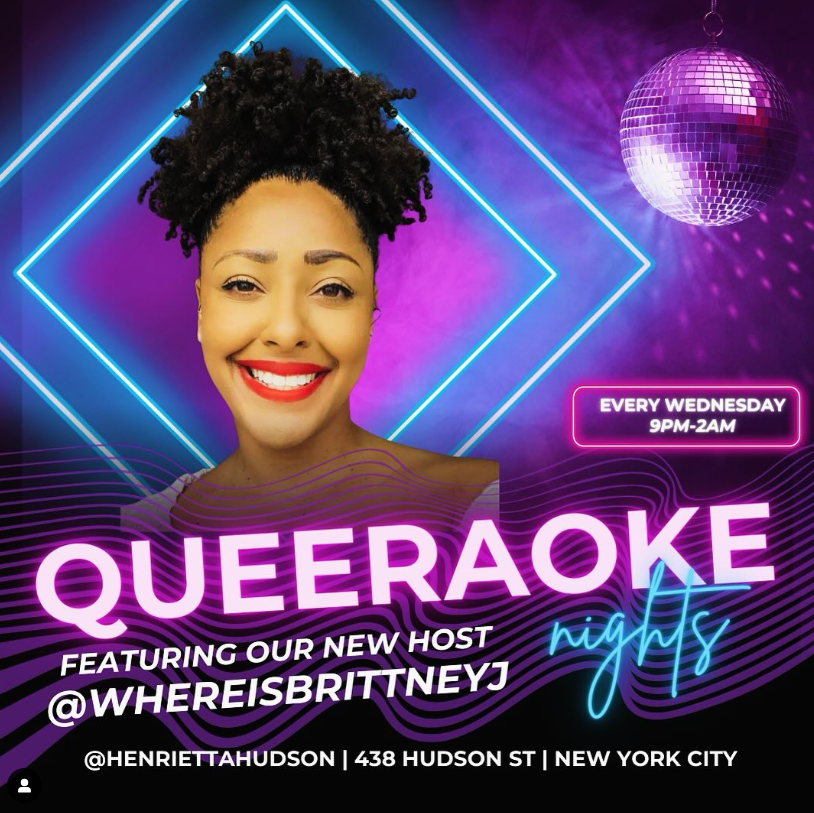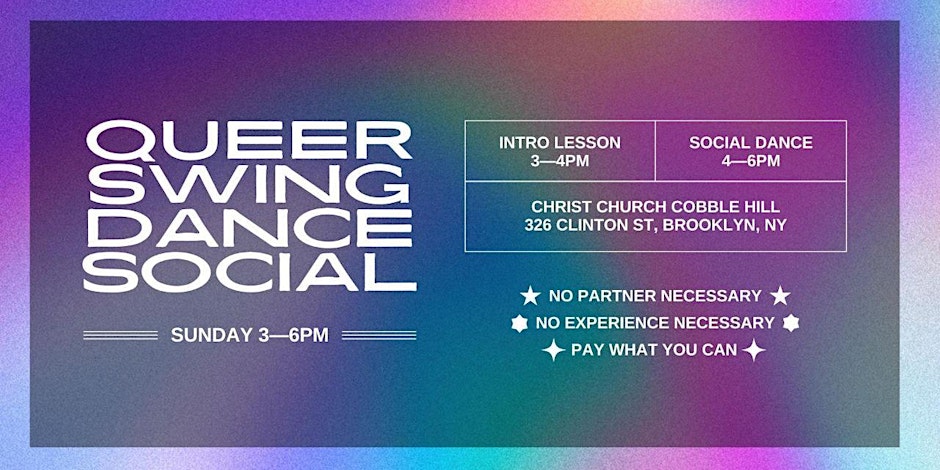
The #MeToo movement has shined a gleaming spotlight on the gaping wound that is rape culture in America. With a movement this all-encompassing, people new to the conversation often feel confused and have many questions that they’re too intimidated to even ask.
GO’s resident sex educator Corinne Kai had a goal: to break down what consent really means. In a collaboration with illustrator Sydney Schavietello, Kai created a 10-page zine entitled “Beyond Yes and No: Understanding Consent 101.”
“With the flurry of news stories lately, you might have seen a lot of people claiming that there is no such thing as non-verbal consent. As your sex ed bestie, I am here to let you know that is untrue,” Kai says, “I created this zine in the hopes to let people know that we all have to be actively doing the work to understand consent. Sometimes that means reflecting on sexual relationships where we maybe messed up or didn’t ask questions. I am a strong believer that when we better understand our desires, we have more communicative and consensual sex.”
The zine makes it clear that both verbal and non-verbal communication exist when it comes to navigating sexual consent. And Kai leaves nothing up for question. She spells out what different scenarios are consensual. For example, Kai tell us that when someone has “active and open body language,” that likely means they want to keep going. “When they’re nodding their heads in a clear ‘yes’ and smiling at you, or holding eye contact, those are pretty good signs that you’re both on the same page,” Kai explains. “On the contrary, if someone is dodging their head to avoid your kiss or pulling your hands away, that is a really good sign that you need to pause and check in.”

“You could ask something like, ‘Do you want to keep going?’ or ‘Do you need a break?’ or ‘Is this okay?’ These check-ins show that you respect your partner and care about their sexual agency. It also gives space to have a conversation about desire on both ends. You and your partner need to navigate what you want out of this sexual situation, together,” advises Kai.
Another important aspect of the #MeToo movement is the relationship of power in navigating consent. Kai makes sure to define consent as something freely given without pressure, coercion or manipulation. “The empowerment in knowing that you can say no is so important for everyone, but especially for survivors of sexual violence,” Kai says, “Verbally letting your partners know that they can and should say no to anything they don’t want to do at anytime is a great tip to making sure that consent is at the forefront of navigating your sexual relationship.”
This zine is a tool that can be used for people of all ages, genders and sexual orientations — no matter where they are in their sexual journey. Kai brilliantly provides real and tangible definitions of consent for the readers to integrate into their daily lives.

“Sexual violence isn’t just when someone has the intent to harm someone else’s body. Sometimes the person causing harm has no intentions of harm. In fact, sexual trauma often comes from sex that is one-sided,” Kai explains. “Meaning one person wanted to have the kind of sex that was had — usually the person with more power in the relationship — but they didn’t pay any attention to or even care what the other person wanted (or didn’t want, for that matter). I hope that this zine will help you navigate how to communicate about desire, consent and sex.”
For information on Kai’s sex education workshops, visit corinnekai.com.










































































